Fish protein hydrolysate applications
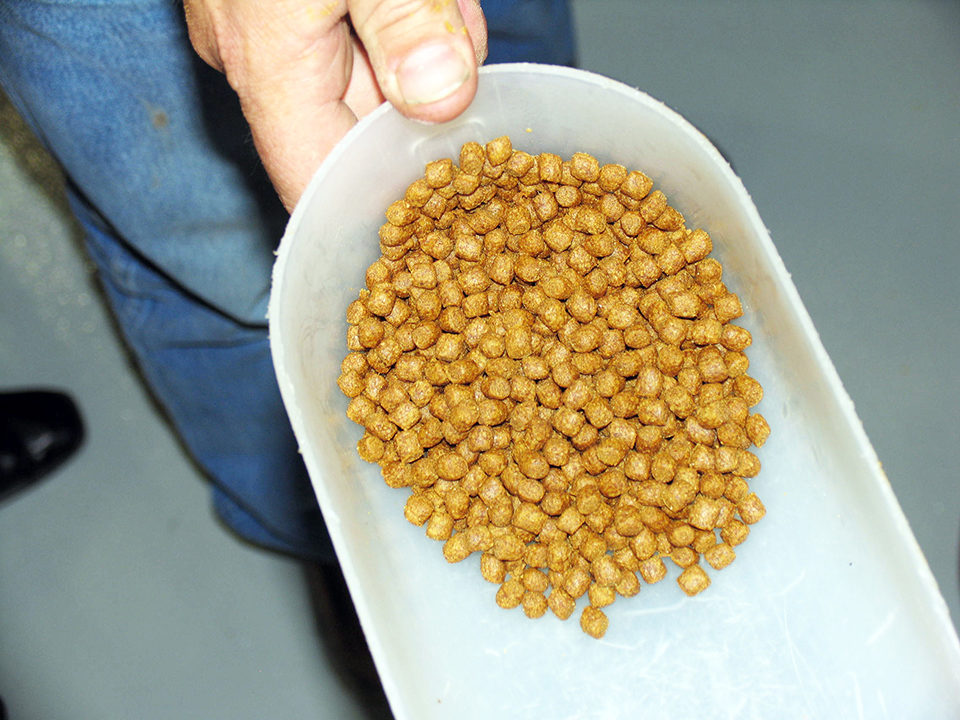
Fish protein hydrolysates have extensive applications in food, medicine, feed and industrial products. As aquaculture operations continue to increase in size and number, the possibility of obtaining sufficient concentrations of by-products for commercial production of hydrolysates becomes economically feasible. Also, many of the hydrolysates are natural products and therefore have more appeal to consumers as the green movement continues to globally expand.
Antioxidants
Free radical modification of nucleic acids, proteins, lipids and small cellular molecules is associated with a number of diseases, including cancer, liver disease, Alzheimer’s disease, arthritis, diabetes, Parkinson’s disease, atherosclerosis and AIDS. In addition, radical-mediated lipid peroxidation negatively impacts the flavor, texture, nutritive value and shelf life of food products and even produces toxins.
In order to act against these deleterious oxidative-induced reactions in food and biological systems, many synthetic and natural antioxidants have been used. Fish protein hydrolysates have been reported to possess antioxidative and antihypertensive properties. The bioactive properties responsible for these properties are released upon endogenous or exogenous enzyme hydrolysis of fish proteins.
Antioxidant activity has been reported for protein hydrolysates from various fish sources, such as tilapia, shrimp, abalone, squid, echinoderms, capelin, mackerel, yellowfin sole, Alaska pollack, Atlantic salmon, hoki, conger eel, scad, tuna, grass carp, oysters, bigeye tuna, sardinelle, red snapper, mahi-mahi, scallops and channel catfish.
Emulsifiers
The degree of hydrolysis does not usually affect the emulsifying capacity, activity index or stability of fish protein hydrolysates. Emulsifying capacity higher than for sodium caseinate, used as a control, was obtained at pH 4 for most hydrolysates. The hydrolysates showed very low foaming capacity not affected by pH, but foam stability was equal or even better than in bovine serum albumin, except at pH 4. Research results suggested that fish protein hydrolysates can be produced with similar or better functional properties than the food ingredients used as standards.
Flavoring agents
The practical application of mussel meat hydrolysate is its use as flavoring in products such as soups, sauces and special beverages. In addition, the product is partially digested and has great nutritional value due to its good amino acid profile. It can thus be used as a food supplement in special diets.
Cardiovascular disease
Significant research efforts on the prevention and treatment of cardiovascular disease have identified elevated plasma cholesterol as a primary risk factor. A hydrolysate produced from the freshwater clam Corbicula fluminea and marine red algae, Gracilaria tenuistipitata, was fed to rats and compared to several control diets. Plasma triacylgly-cerol levels were shown to decrease from 27.9 to 65.8 percent with a 16.6 percent hydrolysate, while cholesterol levels decreased from 17.1 to 16.1 percent. In the liver, triacylglycerol levels decreased from 21.0 to 28.0 percent, while total cholesterol levels decreased from 38.5 to 50.0 percent.
In a normal aerobic cell, reactive oxygen species (ROS) usually exist in balance with biological antioxidants. However, disruption of this critical balance can lead to oxidative stress and disease. Hydrolysates from alkali-solubilized red tilapia, Oreochromis niloticus, could be used as effective scavengers of ROS. In general, the ability of the hydrolysates to scavenge ROS rose with an increase in the degree of hydrolysis, so low-molecular-weight peptides were better scavengers than high-molecular-weight peptides.
Microbial media
Fish peptone was produced from the heads of silver carp, Hypophthalmichthys molitrix, using alcalase hydrolysis to determine the ability to grow Vibrio anguillarum instead of the standard peptones used in the medium. According to the results, the degree of hydrolysis and protein percentage after 24 hours were 37.68 mg/mL and 20.74 percent, respectively.
An analysis of variance between the commercial media and the fish peptone substitute media was 0.930. This result showed that fish by-products modified by enzymatic procedures could be used as low-cost nitrogen sources for bacterial growth.
A peptone produced from mackerel, Scomber scombrus, and herring, Clupea harengus, and incorporated into bacteria media was tested against three lactic and three non-lactic bacterial strains. The results showed that culture media formulated with fish peptones, in most cases, could sustain efficient microbial growth and serve as an alternative to commercial media.
Antibacterial activity
The antibacterial activities of half-fin anchovies, Setipinna taty, were digested by papain, pepsin, trypsin, alkaline protease, acidic protease and flavoring protease. Results showed the anchovy pepsin hydrolysate displayed higher antibacterial action that the other hydrolysates.
The optimized pepsin hydrolysate effectively inhibited the growth of Escherichia coli, Pseudomonas fluorescens, Proteus vulgaris and Bacillus megaterium with minimal inhibitory concentration values ranging 28.38-56.75 µg/mL. The cell integrity of E. coli was significantly destroyed after incubation for five hours, and cell membrane damage was also observed.
Recently, a snow crab by-product hydrolysate demonstrated antibacterial properties against Escherichia coli and Listeria innocua. Hydrolysates from capelin, mackerel and Alaskan pollock have also demonstrated antibacterial properties.
Fermentation
Industrial fish peptone was an excellent substrate from biomass production in solid and submerged fermentations. The maximal growth rates of several microorganisms were two to three times higher than for those grown on beef peptones, and the final biomass concentrations were almost twice as great as those grown on beef peptones.
Fish peptones did not increase the production of secondary metabolites relative to those produced on beef peptones in non-optimized media. Fish peptone has promising potential as a substrate for biomass production.
Antihypertensive peptides
Angiotensin-converting enzyme (ACE) functions in the rennin-angiotensin system to increase blood pressure. ACE catalyzes the formation of angiotensin II, a potent vasoconstrictor, from angiotensin I and inactivates bradykinin, a vasodilator.
Inhibition ACE is a first-line therapy for hypertension and congestive heart failure. It was also found that peptide treatment upregulated the m-RNA expression of the cellular antioxidative enzymes superoxide dismutase, glutathione and catalase, thereby enhancing their intracellular antioxidative mechanisms.
The generation of ACE inhibitory peptides is dependent on the correct choice of exogenous enzymes. It has been shown that lower-molecular-weight hydrolysates have greater biological effects, since they are more readily absorbed in the digestive tract.
A protein hydrolysate from salmon, Salmo salar, was developed containing several angiotensin I-converting enzyme inhibitory peptides using protease s-amano and multifect neutral. Only protease s-amano had blood pressure-lowering activity. A single oral dose at 1,500 mg/kg body weight significantly lowered blood pressure in spontaneously hypertensive rats. The ability of the hydrolysate to lower blood pressure was due to a combination of ACE inhibitory tripeptides as well as additional unknown peptide species generated during digestion of the hydrolysate in the gastrointestinal tract.
A single dose of shrimp hydrolysate produced with protease s-amano significantly decreased the blood pressure in stroke-prone spontaneously hypertensive rats. The antigenicity and allergenicity of the hydrolysate was very low.
Angiotensin-I-converting enzyme (ACE-I) inhibitory peptides were produced from seaweed pipefish, Syngnathus schlegeli, using papain, alcalase, neutrase, pronase and trypsin. Among them, the alcalase hydrolysate exhibited the highest ACE-I inhibitory activity.
ACE-inhibiting hydrolysates were produced from the skin of skates, Raja kenojei, using a-chymotrypsin, neutrase, pepsin, papain and trypsin. Among the six hydrolysates, the a-chymotrypsin hydrolysate had the highest ACE inhibitory activity. Antihypertensive peptides using thermoase have also been successfully produced from Antarctic krill, Euphausia superba; sea cucumbers; Pacific hake, Merluccius productus; Pacific cod, Gadus macrocephalus; and catfish using protamex.
Feed
A shrimp protein hydrolysate was incorporated at 6 percent into diets for Nile tilapia, Oreochromis niloticus. The inclusion produced no significant difference (P > 0.05) in final weight, survival, weight gain, average daily gain, specific growth rate, feed-conversion ratio, protein-efficiency ratio or apparent net protein utilization. However, the composition of the fish was slightly affected. Protein and ash contents decreased, and fat content increased. The results should be of special interest to aquaculture producers of tilapia and shrimp.
(Editor’s Note: This article was originally published in the May/June 2013 print edition of the Global Aquaculture Advocate.)
Now that you've reached the end of the article ...
… please consider supporting GSA’s mission to advance responsible seafood practices through education, advocacy and third-party assurances. The Advocate aims to document the evolution of responsible seafood practices and share the expansive knowledge of our vast network of contributors.
By becoming a Global Seafood Alliance member, you’re ensuring that all of the pre-competitive work we do through member benefits, resources and events can continue. Individual membership costs just $50 a year.
Not a GSA member? Join us.
Author
-

George J. Flick, Jr., Ph.D.
University Distinguished Professor
Food Science and Technology Department
Center for Applied Health Sciences
Duck Pond Drive
Virginia Tech (0418)
Blacksburg, Virginia 24061 USA[117,100,101,46,116,118,64,103,107,99,105,108,102]
Related Posts
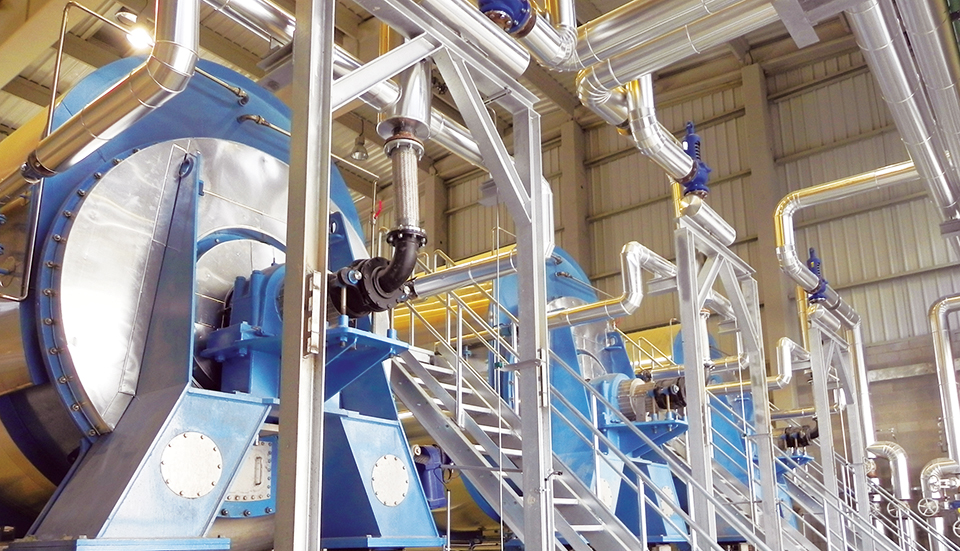
Aquafeeds
Animal byproduct concentrates useful tools in formulation
With the market volatility of fishmeal, as well as rising sustainability concerns, the aquaculture industry is seeking sources of protein, such as animal byproduct concentrates, to substitute for fishmeal.
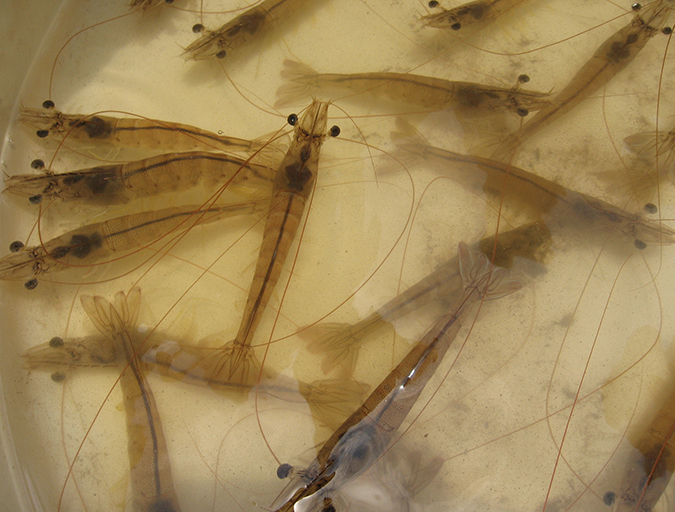
Aquafeeds
The digestibility of hydrolyzed soy protein
Studies demonstrate that hydrolyzed soy protein can be well digested and utilized by Pacific white shrimp, and that digestibility is improved through a bioprocess with the bacterium Lactobacillus spp.
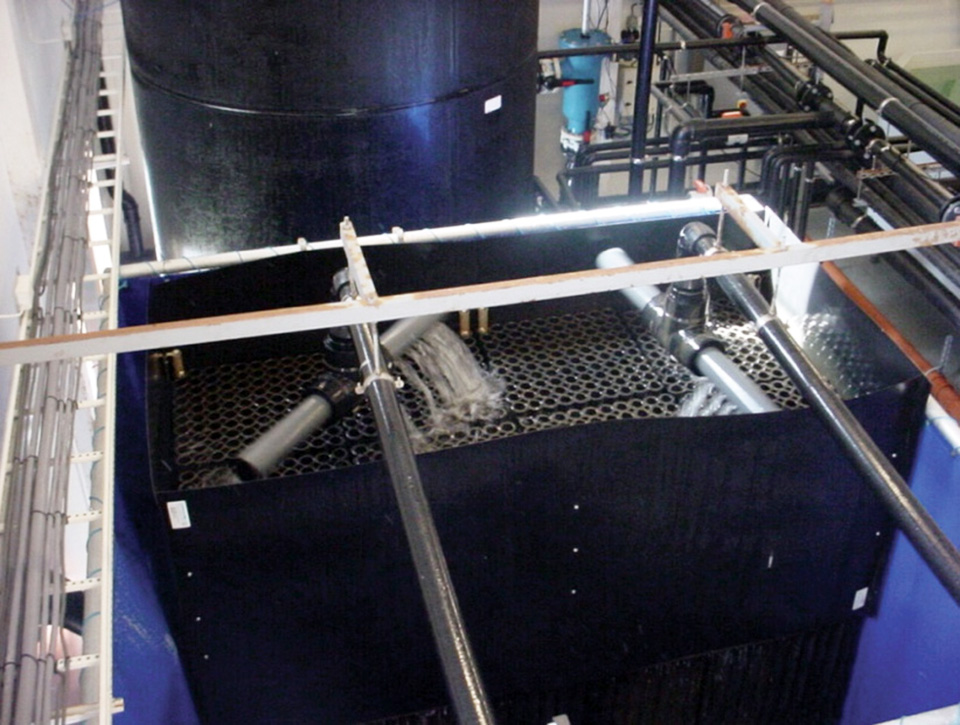
Innovation & Investment
A review of unit processes in RAS systems
Since un-ionized ammonia-nitrogen and nitrite-nitrogen are toxic to most finfish, controlling their concentrations in culture tanks is a primary objective in the design of recirculating aquaculture systems.
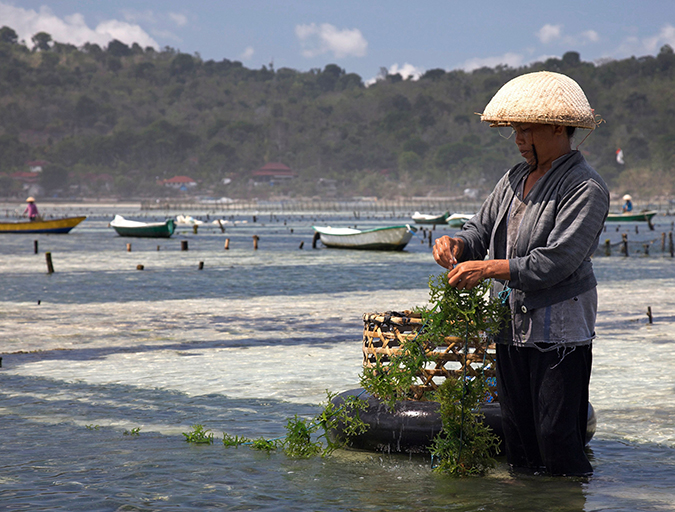
Responsibility
Can sustainable mariculture match agriculture’s output?
Global, sustainable mariculture production, developed on a massive, sustainable scale and using just a small fraction of the world’s oceanic areas, could eventually match the output of land-based agriculture production. Scale and international law considerations require the involvement of many stakeholders, including national governments and international organizations.


